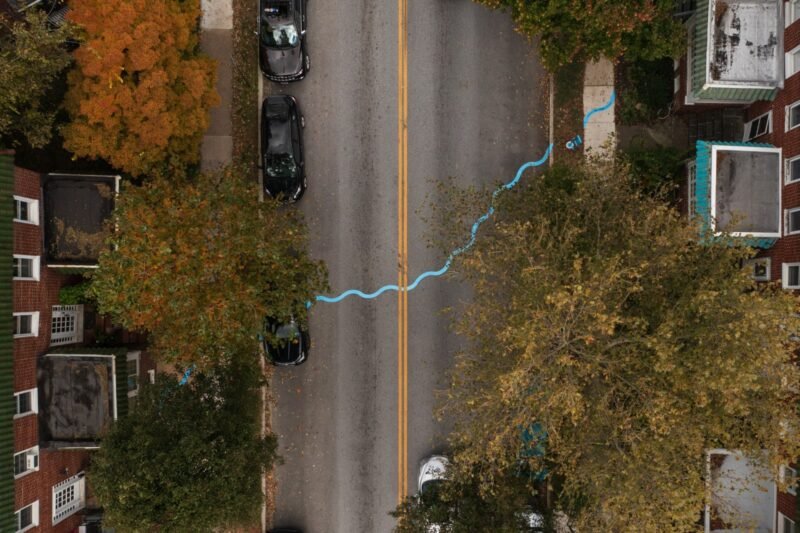The IKEA Infiltration
Yesterday, I discussed the emerging social unrest in Hamburg caused by the current city-branding campaign and the ongoing policy focus on the creative class instead taking in mind real social problems, such as the growing spatial segregation. A large group of artists came up with a manifest to speak out about their concerns. The German Urbanshit blogs about a group of 130 artists, designers, architects, fashion designers and photographers from Hamburg who fall victim to the planned expulsion from their workspace in the Frappant building in the district of Altona, in which IKEA intends to open a store shortly. In a reaction, a group of 50 of them decided to colonize the IKEA store in Hamburg-Moorfleet and turn a part of it into their new workplace.


“Bring your notebooks, use the IKEA products to visualize future work, make your business phone calls (there are plenty of little niches). Drink coffee in the restaurant until you drop”, the organization instructed the activists. “Just behave like ordinary people in IKEA. Organize in pairs, look for a place in the store, and begin to work.” And so they started a parasite office within the walls of the Swedish furniture giant. “The protest action is a lesson about art, marketing, and consumption.”

IKEA must have known about the operation, because it seemed that the security guards of the store were prepared. However, the intervention didn’t come to a conflict with the store employees. Protests died away as soon as IKEA appeared to be benevolent, and offered the artists another cup of coffee. I think it’s the best way for a store to deal with these kinds of actions, although I both support the creative intervention and I understand the concerns of the activists. Maximilian Probst even considers it to be a good marketing instrument for IKEA to bring in the vibrant atmosphere of artists in the store, coming right out of the ‘lifestyle dreams’ in the annual catalog. Nevertheless, the protest gained pretty much of attention in the media, as well as some beautiful, even inspiring pictures of the transformation of a consumerist megastore into a creative workplace. Click here, here or here to see more.



